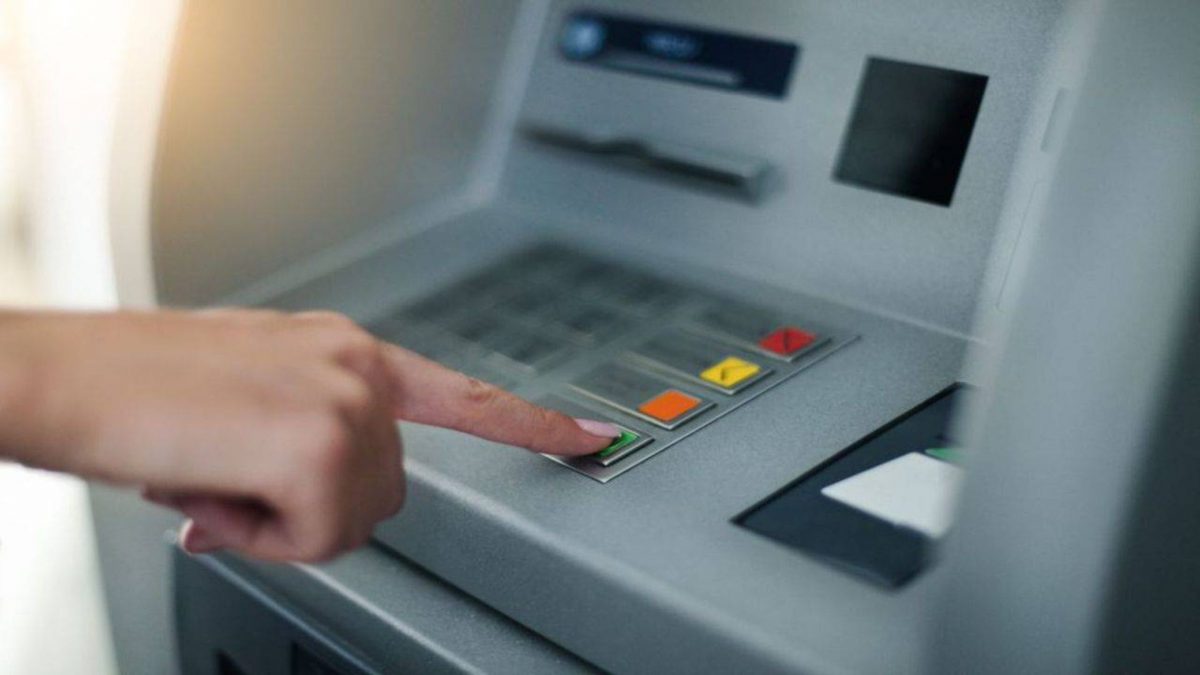) |
|
Despite a record high in cash circulation within India, the country has witnessed a significant decrease in the number of Automated Teller Machines (ATMs) and cash recyclers. Over the past year, approximately 4,000 ATMs have been shut down, a trend attributed to the growing popularity of digital payment methods and a strategic shift towards digital transformation by banks. This decline in physical infrastructure reflects the changing landscape of financial transactions in India, where digital platforms are becoming increasingly prevalent.
The Reserve Bank of India (RBI) data reveals a decrease in the total number of ATMs from 219,000 a year ago to 215,000 by the end of September 2024. This decline primarily affects off-site ATMs, while those located on bank premises have remained relatively stable. The trend is further fueled by the increasing adoption of digital payment systems like the Unified Payments Interface (UPI), which provides a convenient and secure method for mobile-based transactions. This shift towards digital payments is also driven by the strategic focus on digital transformation by banks, seeking to streamline operations and offer enhanced customer experiences.
While the number of ATMs is decreasing, India still has a relatively low ATM penetration rate. A 2022 RBI report indicates that there are only 15 ATMs per 100,000 people, highlighting the need for continued investment in physical infrastructure to meet the evolving demands of the population. This disparity suggests that India will likely embrace a global model where each bank branch maintains both an on-site and an off-site ATM, ensuring a balanced approach to physical and digital infrastructure. As India continues its journey towards a more digitized financial system, the decline in ATM numbers reflects a broader shift towards digital convenience and efficiency, while highlighting the importance of maintaining a robust infrastructure to cater to the diverse needs of its population.
